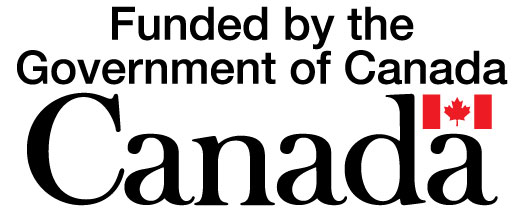Current Temperature
4.4°C
Tariff impacts darken fiscal prospects in provincial budget
Posted on March 27, 2025 by Ryan DahlmanBy Trevor Busch
Commentator/Courier
editor@tabertimes.com
Alberta has uncapped the red pen for Budget 2025, delivering on a $1.2 billion tax cut but also steering the province into rockier fiscal waters with a $5.2 billion deficit.
Taber-Warner MLA Grant Hunter was positive about the tax cut, indicating it should save families around $1,500 per year.
“One of the positive things that we did is introduce our promised tax relief, and so we added another tax bracket, which is an eight per cent tax bracket, and this was fully funded in this budget, so it’s good that we were able to make that happen. So that’ll save individuals an average of $750 a year, and family $1,500 a year. So that will be helpful.”
Tariff-based uncertainties has the province cautiously optimistic but still planning for several years of potential fiscal shortfalls, as well as doubling its contingency fund. Recording a deficit for the first time since 2020-21, there may also be further deficits of $2.4 billion and $2 billion projected over the next two years.
Revenue is projected to drop from $80.7 billion this year to $74.1 billion in 2025-26, a decrease of over eight per cent based on the impacts of trade conflict. Expenses are expected to grow to $75.3 billion, an increase of 3.6 per cent or $2.2 billion based on enrollment growth in schools and post-secondaries, and increased health care demands.
“We’re building schools. We’re going to build 90 schools over the next three years – we’re starting to build many schools,” said Hunter. “And that’s obviously important, as last year 204,000 people moved into the province. So we have to build lots of schools for that; the good part about it is that we are actually going to be building them. There’s going to be that growth in the build of schools, but the negative part is we’ve got to spend more money on it, so people will see that in their property taxes because that part, that portion of the property tax – the educational portion – will obviously increase. Communities put in about a third of the cost, and province puts in the other two thirds. So it’s costing the province more, and it’s costing the taxpayer through more property taxes. So that’s the negative part, nobody likes to pay a little bit more for taxes.”
Hunter, for his part, is taking a wait and see approach to the projected deficit, suggesting the volatile economic situation globally could swing wildly in either direction.
“And then obviously there’s a $5.2 billion deficit, and that is not something that fiscal conservatives like. And I get it – I don’t like it either. Remember that a budget is a pro forma document. It’s a forward looking document. And so we’ll see if that actually happens. There’s an assumption that’s made because we are so much on the oil and gas revenue roller coaster. So we’ll see whether or not that happens.”
With the ugly visage of tariffs looming large over the Alberta economy, the province has set out two scenarios based on what might be happening internationally on the trade front.
In the high-growth scenario, trade with the U.S. continues status quo. In the low-growth scenario, based on 25 per cent tariffs on goods and 10 per cent on energy, tax and resource revenue underperform by $3.5 billion and job losses escalate: potentially 15,000 in 2025, 34,000 in 2026, and 42,000 in 2027.
All of which has economists, analysts and politicians like Hunter still crunching the numbers but largely defaulting to their crystal balls to try to determine what kind of impact the Alberta economy might sustain in 2025-26 under a full-blown tariff regime.
“So it hasn’t happened yet, and we don’t know how it’s all going to play out. The assumption that oil will be at $68 (per barrel) is a really tough one to ask and to figure out right now, because you’ve got a big player down in the States that takes pretty much all of our oil – 90 per cent of our oil – that is saying, ‘drill, baby, drill’. He (U.S. president Donald Trump) wants that oil price to come down. So we don’t know what that (price per barrel) will go to right now. What’s the average going to be over time? We don’t know that. So it could be $70 when it’s all said and done. The difference between $68 and $70 (per barrel), that could make up the $5 billion right there. And then you’ve got the differential between West Texas Intermediate and Western Canada Select, they pegged it at a pretty large differential. Well, I don’t know whether or not it’s going to be that. It could be, it could be less.”
“The Trans-Mountain Pipeline, we know that as that fills up and is a little stronger, that that differential could lessen,” continued Hunter. “So I think there’s a bunch of assumptions in there where economists do the best they can. But sometimes we get it wrong, like this last year. In 2024-25 we made a budget based on what we thought it was going be, around a $300 million deficit. When it was all said and done, we had a $5.6 billion surplus. It’s important to know that the budget may not be a deficit budget.”
Leave a Reply
You must be logged in to post a comment.

